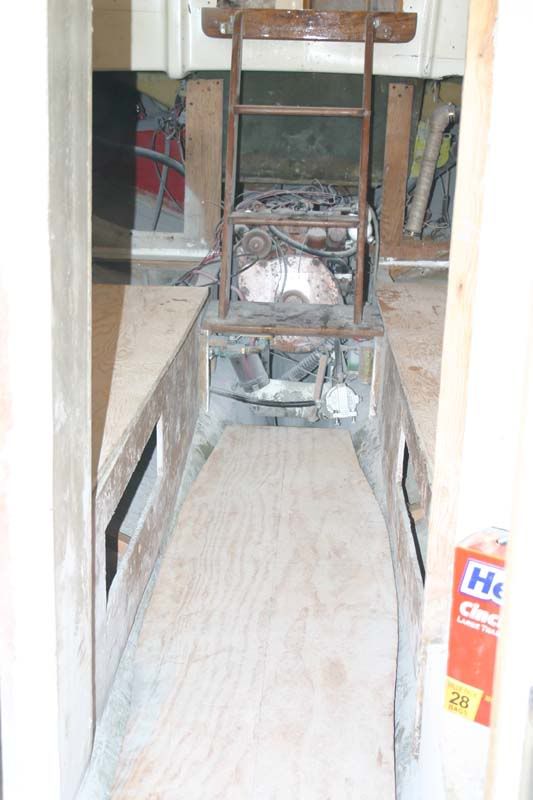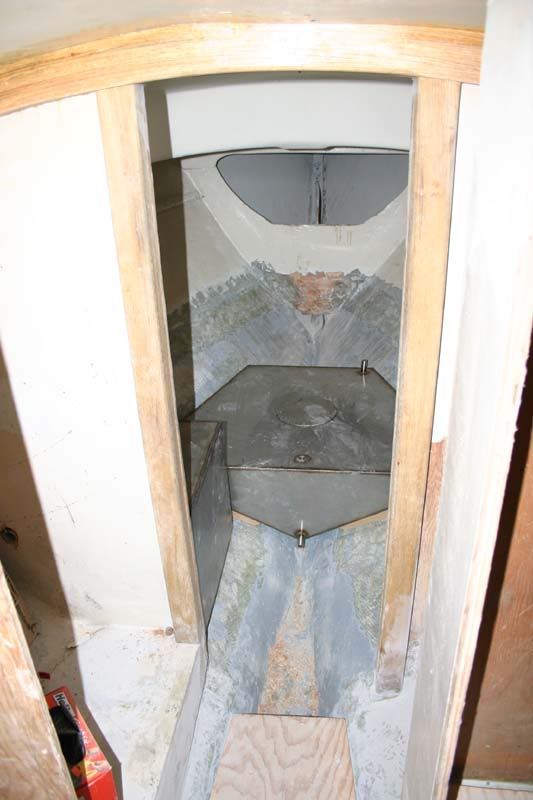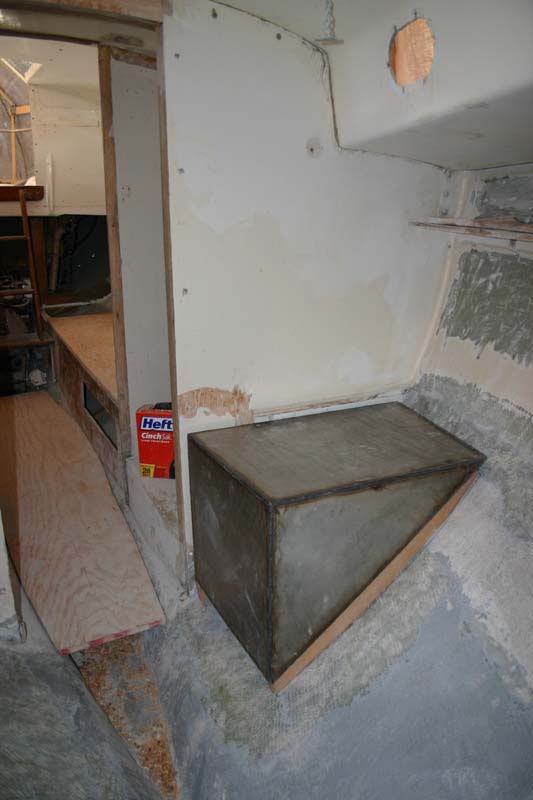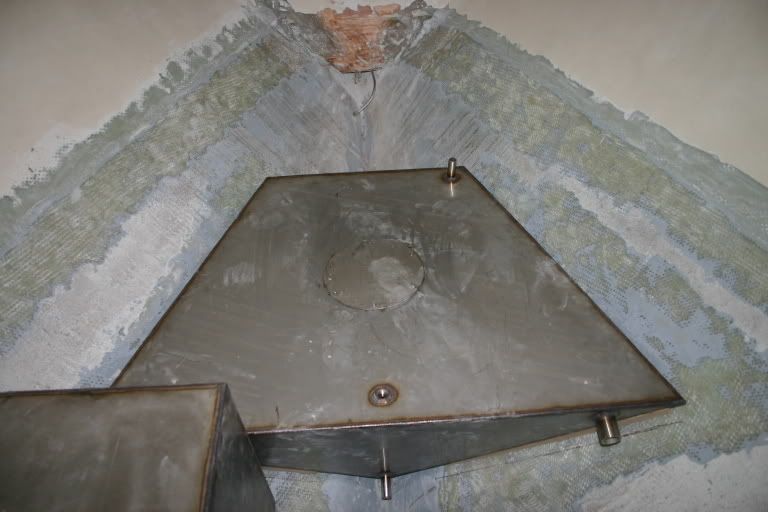Plumbing thoughts from the ground up.
Posted: Sat Mar 18, 2006 5:54 pm
I am trying to work out the details on the all new plumbing system in my Triton. The orginal Triton doesn't boast of much of a plumbing system but what there was went to the dumpster a couple of years ago so I am starting with a totally clean slate.
I had a few thoughts that someone here might be able to comment on.
Tank venting: I am thinking that the vents need to be above the level of the deck fill otherwise the first indication that my tanks are full during the filling operation will be water gushing out the vents all over my new interior. The original tank vented near the top of the anchor locker (interior) would a vent to the exterior be a better option? How about an external vent outlet on the cabin side? Or I could be clever and have the vent outlet(s) dump into the galley sink where the overflow won't bother anything. Then I wonder about shut-offs on the vent lines. If the boat were to get into conditions that involved a lot of rocking and rolling the vents could start spewing if the boat heeled beyond say 45 degrees (in the case of the V-berth tank anyway). It would be pretty depressing to survive a roll-over only to learn that while the boat was upside down the entire contents of the water tanks flowed out the vent lines and I will now die a slow and painful death by dehydration.
Fill lines: I suppose each tank should have a shut-off on the fill line so I can manage which tank I want filled (for ballast or suspicious water quality issues) or maybe just a Y-valve to direct the flow to the desired tank. The shut-offs in each tank would have the advantage of being able to fill both tanks simultaneously without going below to switch things over though.
Outlets: I suppose these should each have a shut-off to keep the two tanks isolated in case one was contaminated. Plus, just like the filling issue, I may want to control which tank I empty first.
Drains: I suppose a drain valve tee-ed off the outlet line of each tank would be nice for emptying the tanks at the end of the season. Or can I just use the galley foot pump for this?
What do you people think?
-Britton
I had a few thoughts that someone here might be able to comment on.
Tank venting: I am thinking that the vents need to be above the level of the deck fill otherwise the first indication that my tanks are full during the filling operation will be water gushing out the vents all over my new interior. The original tank vented near the top of the anchor locker (interior) would a vent to the exterior be a better option? How about an external vent outlet on the cabin side? Or I could be clever and have the vent outlet(s) dump into the galley sink where the overflow won't bother anything. Then I wonder about shut-offs on the vent lines. If the boat were to get into conditions that involved a lot of rocking and rolling the vents could start spewing if the boat heeled beyond say 45 degrees (in the case of the V-berth tank anyway). It would be pretty depressing to survive a roll-over only to learn that while the boat was upside down the entire contents of the water tanks flowed out the vent lines and I will now die a slow and painful death by dehydration.
Fill lines: I suppose each tank should have a shut-off on the fill line so I can manage which tank I want filled (for ballast or suspicious water quality issues) or maybe just a Y-valve to direct the flow to the desired tank. The shut-offs in each tank would have the advantage of being able to fill both tanks simultaneously without going below to switch things over though.
Outlets: I suppose these should each have a shut-off to keep the two tanks isolated in case one was contaminated. Plus, just like the filling issue, I may want to control which tank I empty first.
Drains: I suppose a drain valve tee-ed off the outlet line of each tank would be nice for emptying the tanks at the end of the season. Or can I just use the galley foot pump for this?
What do you people think?
-Britton






